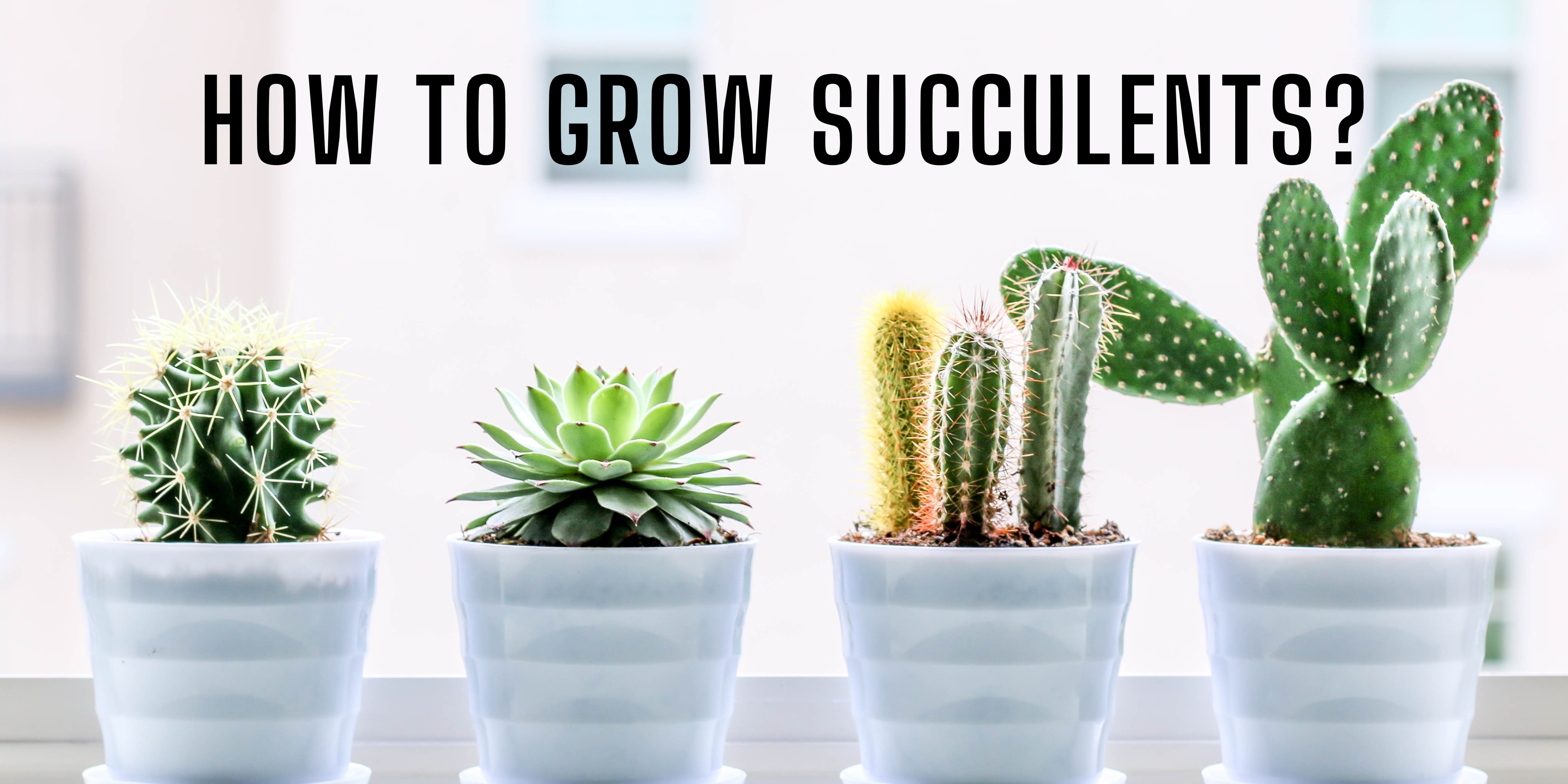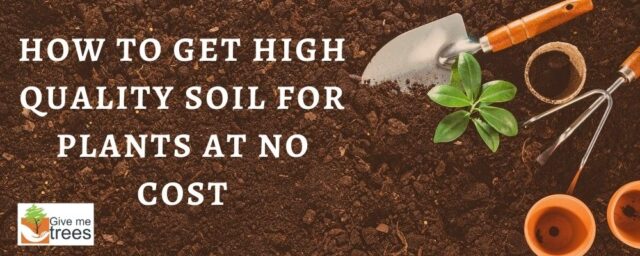
The optimum soil pH level for potting mixes depends on the plants that you are growing. Generally, most plants prefer a slightly acidic to neutral pH level of around 6.0 to 7.0. However, some plants such as blueberries, azaleas, and rhododendrons prefer a more acidic soil with a pH level of around 4.5 to 5.5. On the other hand, some plants like succulents prefer a more alkaline soil with a pH level of around 7.0 to 8.0.
It is important to note that maintaining the correct pH level in your potting mix is important for the overall health of your plants. The pH level can affect the plant's ability to absorb nutrients from the soil if its value is too high or too low. To ensure that your potting mix has the correct pH level, you can test the soil using a pH test kit and adjust the pH level as necessary by adding materials such as lime to raise the pH level or sulfur to lower the pH level.
How to test the pH level of soil
Testing the pH level of the soil is important for gardeners and farmers because it can affect the growth and health of plants. Here are some steps to follow to test the pH level of soil:
1. Get a soil testing kit from a shop or online. You can also send the soil sample to a laboratory for testing.
2. Choose an area in your garden or farm where you want to test the soil. Use a trowel or shovel to dig a small hole about 4-6 inches deep and collect a small amount of soil from the hole.
3. Follow the instructions on the soil testing kit to test the pH level of the soil. Most kits will require you to mix the soil with water and a testing solution, and then compare the color of the mixture to a color chart to determine the pH level.
By testing the pH level of your soil, you can ensure that your plants have the right conditions to grow and thrive.
How to adjust the pH level of soil
Adjusting the pH level of the soil is an important step in gardening and farming. Soil pH determines the availability of nutrients to plants, and certain plants thrive in specific pH ranges. Here are some ways to adjust your soil's pH level:
1. Add lime: If your soil is too acidic (pH below 6.0), adding lime can help raise the pH level. The amount of lime you need depends on your soil type and how much you need to raise the pH level.
2. Add sulfur: If your soil is too alkaline (pH above 7.0), adding sulfur can help lower the pH level. Again, the amount of sulfur you need depends on your soil type and how much you need to lower the pH level.
3. Use organic matter: Adding organic matter like compost, manure, or peat moss can help buffer the pH level of your soil. Organic matter can help raise or lower pH levels depending on the type of material used.
Remember to test the pH level of the soil regularly to ensure that your adjustments are working effectively.
Liked It? Pin It!

.png)

















































